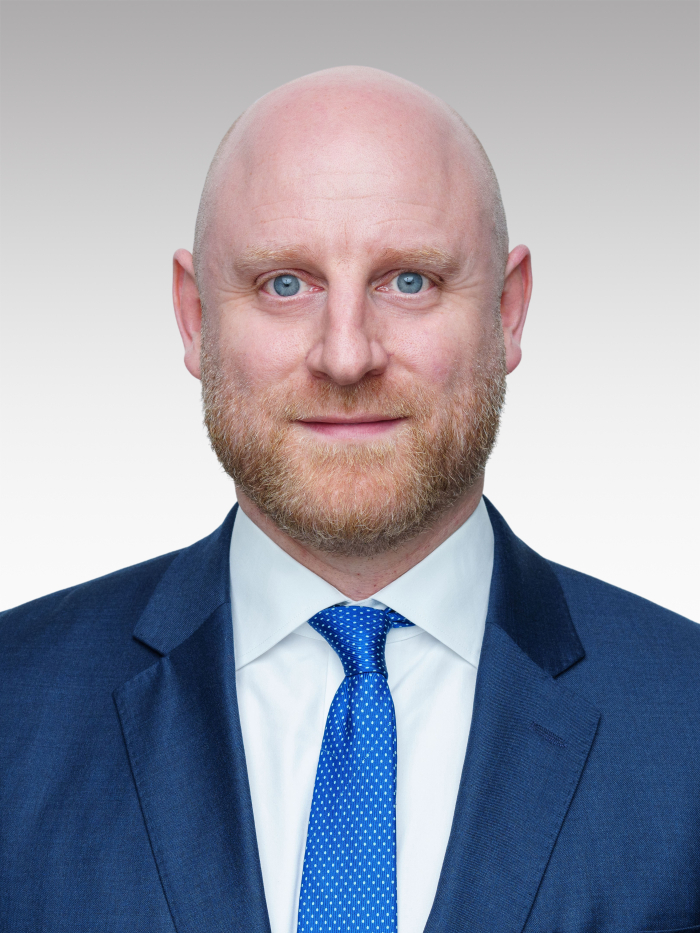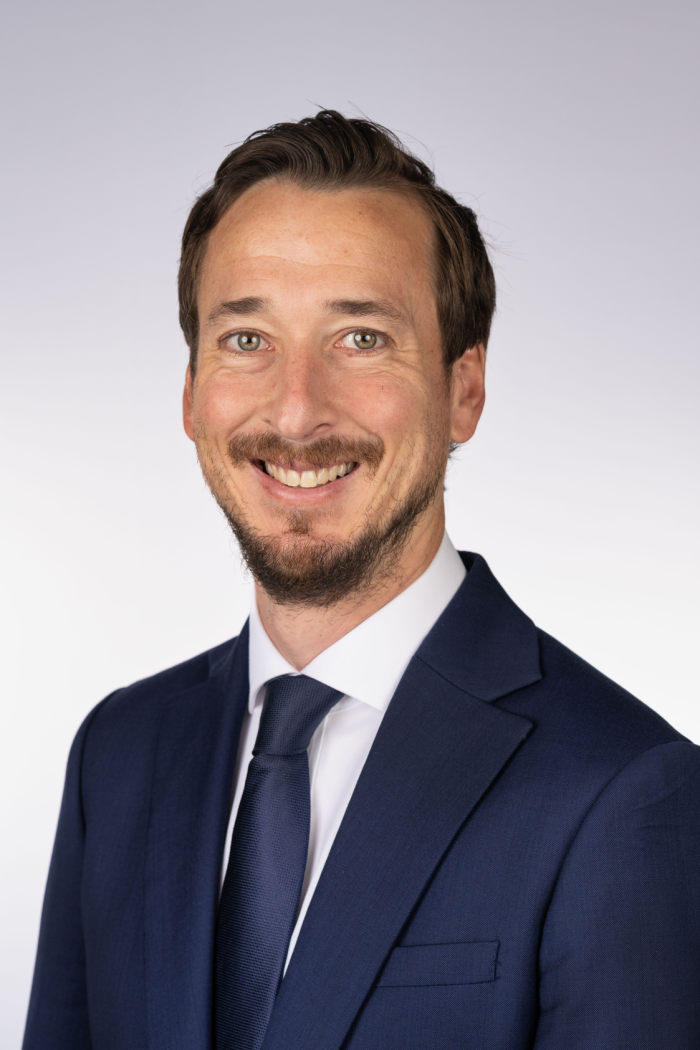Asset management
Flexibility unlocks opportunities: M&G Investments
Market uncertainties underline the importance of adopting a flexible approach when it comes to income generation
Nov 30, 2023 (Gmt+09:00)
7
Min read
Most Read
LG Chem to sell water filter business to Glenwood PE for $692 million


Kyobo Life poised to buy Japan’s SBI Group-owned savings bank


KT&G eyes overseas M&A after rejecting activist fund's offer


StockX in merger talks with Naver’s online reseller Kream


Mirae Asset to be named Korea Post’s core real estate fund operator



As central banks fight with post-COVID inflation, the repricing of global interest rates continues to add to global market volatility across both bonds and equities. Interest rates appear to have reached a near-term peak.
However, significant uncertainties persist – be that the future path of growth and inflation, policy responses and reminders of exogenous geopolitical shocks on risk appetite. As active managers with flexible mandates we see such an environment as presenting both risks and opportunities for investment across income-generating strategies for the years to come.
▲ How should investors see income differently, to build a flexible, globally diversified portfolio that mitigates risk while providing long-term income generation?
Michael Dyer (MD): Right now, in Asia, a lot of investors are hooked on both the cash deposit and term deposit rate. As the yield curve normalizes and rates change, investors will have to start thinking about long-term plans for generating income.
So, they’ll be looking to invest in assets for the next five to 10 years in an environment that is likely to be more cyclical than we saw in the post-global financial crisis period. There is a wide choice of uncorrelated instruments, including fixed income, equity income, and infrastructure income. Furthermore, there are many sectors within these asset classes, each with their own individual characteristics.

Pierre Chartres (PC): For a while there, fixed income was an asset class that was barely providing any income. If an investor wanted to generate income let alone total return, typically it would be difficult to achieve that by investing in bonds.
The good news is that bonds are back – and they aim to fulfill that role once again.
Within fixed income, investors can combine sovereign and corporate bonds from developed and emerging economies, as well as have a mix of investment-grade and high-yield bonds, as well as floating-rate bonds.
These are not just attractive in terms of income potential, but potentially they also offer a partial hedge against rising inflation.
MD: From a tactical point of view, for an equities and multi-asset investor, we see a lot more opportunity going forward.
Equity income strategies seek to deliver income by investing globally, regionally, or in specific stock markets. These strategies tend to focus on well-established, financially healthy companies with a record of growing dividend payouts, so prices – while typically more volatile than those for bonds – we believe tend to be more stable than in other sectors of the stock market. Such investments also tend to generate a higher income than bonds – and one which can potentially grow over time.
Building infrastructure income strategies into a portfolio, meanwhile, could bring stable income flows that are often linked to inflation. Income comes from investing in the stocks of companies that provide key infrastructure services, in sectors such as energy, transport, hospitals, universities and data centers.

▲ Is the diversified 40/60 portfolio making a comeback and what kind of performance can we anticipate in the current inflationary environment?
MD: The 40/60 portfolio was never dead, but 2022 showed some of its fallibility. At the beginning of last year – and even in 2021 – bonds were very expensive. Therefore, investors weren’t necessarily going to get that nice correlation benefit between equities and bonds when the market readjusted. Inflation was the exogenous factor here, which pushed prices up.
By 2023, bonds had rebounded and were working again. At M&G we were short bonds in our unconstrained episode macro portfolios in 2022 and now, a year later, we’re long. There’s been somewhat of a behavioral journey this year, where we can see certain biases in investor behavior.
That said, the journey for the 40/60 investor has been something of a roller-coaster ride in the last 24 months. From an asset allocation point of view, we believe the current market cycle plays to being conservative on equities and looking for diversification within bonds.

▲ What should investors look out for and how do M&G’s solutions address their appetite for income?
MD: Future challenges for investors essentially go back to three questions. The first is regarding their structural need for income – do they need a certainty of income because they’re in retirement? Are they looking for something to supplement discretionary spending needs or are they looking for growth?
At M&G we offer a suite of products that allow for a longer time horizon in terms of generating income. We seek to generate high levels of natural income by looking across general asset allocation and maximizing the distribution to either be paid out as a high fixed dividend or reinvested for growth.
In the equity space, our philosophy is very entrenched in looking at dividend growth. Our flagship global dividend equity income strategy is a relatively concentrated portfolio, investing across both developed and emerging markets and its investment philosophy centers around dividend growth, rather than just picking the highest dividends.
We believe that these dividends may grow and outperform significantly. The flexibility to dynamically allocate across both markets will be key to performance.
PC: Both our optimal income and emerging market bond approaches are flexible, unconstrained bond portfolios. The optimal income approach has a bias toward developed markets while the emerging market bond strategy, as the name states, concentrates on developing economies.
In our view, both are attractive investment solutions; in terms of the carry, they’re generating income without taking excessive risks.
Our floating rate high-yield strategy invests exclusively in a subsector of broad high-yield markets. These high-yield floating rate bonds typically don’t suffer any impacts in an environment of rising yields or rising interest rates. Such a strategy seeks to provide a potential avenue for generating a consistent income stream without being exposed to significant interest rate risk.
MD: Exposure to different instruments across a broad range of sectors helps create flexibility, as different instruments will react independently during the economic cycle and geopolitical upheaval.
Seeking income from a range of bonds, equities and regions helps to diversify your portfolio, giving you the freedom to remain invested and navigate short-term market dips. Aligning your portfolio towards different aspects of income may also help to lower drawdowns, allowing you to capture potential new investment opportunities.
The value of investments will fluctuate, which will cause prices to fall as well as rise and investors may not get back the original amount they invested. Past performance is not a guide to future performance. The views expressed in this document should not be taken as a recommendation, advice or forecast.
By Michael Dyer and Pierre Chartres

Prior to joining M&G, Dyer worked at Neuberger Berman in Hong Kong, as a client portfolio manager for multi-asset, liquid alternative and equity investments and Morgan Stanley Investment Management, in London, in multi-alternative and hedge fund portfolio solutions. Overall, Dyer brings over 21 years of experience working in the investment management industry.
Dyer graduated from University of Leeds and holds the Chartered Financial Analyst (CFA) and Chartered Alternative Investment Analyst (CAIA) designations.

Before joining M&G in 2013, Chartres worked at BNY Mellon Asset Management for seven years, most recently as a portfolio strategist designing, developing and managing multi-asset investment solutions. Prior to that, he spent two and a half years at Natixis Asset Management in Paris.
Chartres has a master's degree in business and finance from ESSCA Business School in Angers, France and is a CFA charterholder.
Jihyun Kim edited this article.
More to Read
-
 Real estateWhy European real estate debt is compelling now: M&G
Real estateWhy European real estate debt is compelling now: M&GAug 30, 2023 (Gmt+09:00)
6 Min read -
 Alternative investmentsFind opportunities amid macro uncertainty in 2023: M&G
Alternative investmentsFind opportunities amid macro uncertainty in 2023: M&GMay 23, 2023 (Gmt+09:00)
6 Min read -
 Private debtOptimizing flexibility for fixed-income in new era: M&G
Private debtOptimizing flexibility for fixed-income in new era: M&GJul 03, 2023 (Gmt+09:00)
7 Min read -
 Real estateEuropean real estate is well-positioned for attractive relative value: M&G
Real estateEuropean real estate is well-positioned for attractive relative value: M&GDec 19, 2022 (Gmt+09:00)
5 Min read
Comment 0
LOG IN


